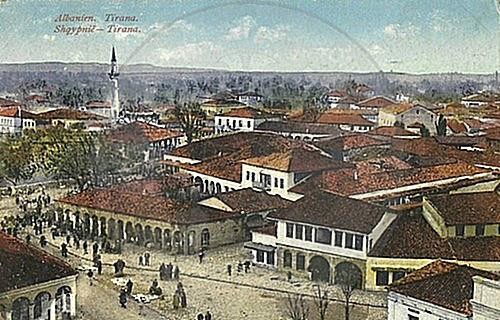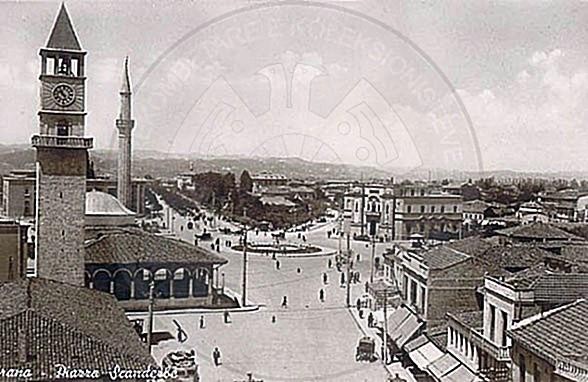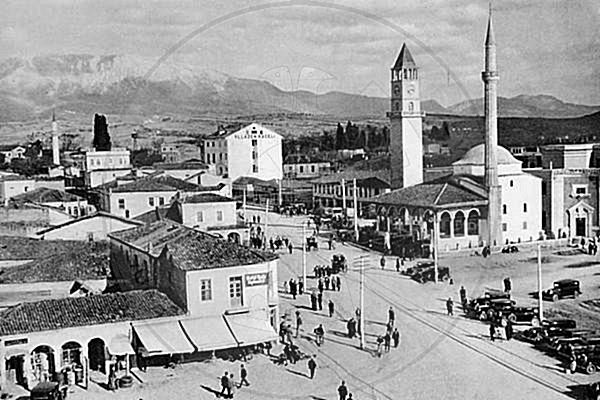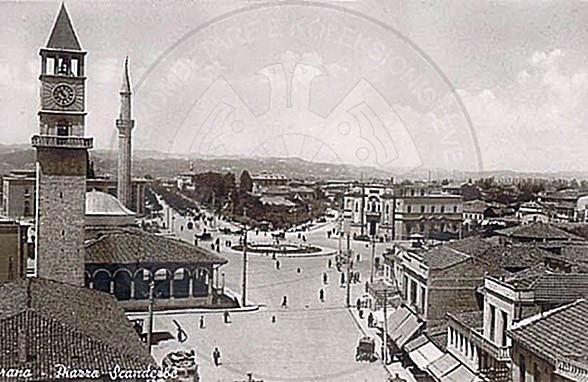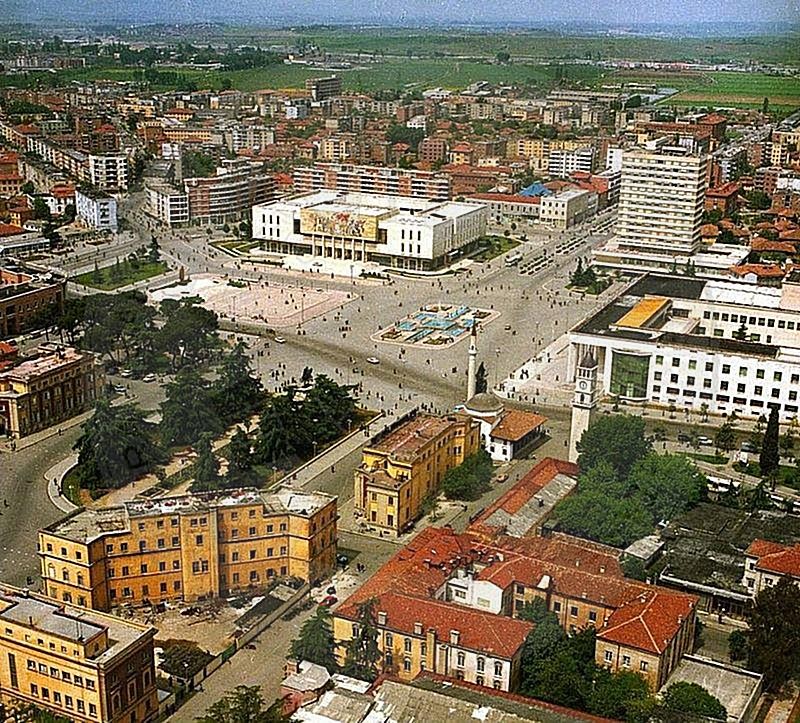On February 8th, 1920, the Government that was formed in the Congress of Lushnja moved in Tirana, which became the capital of the country. This event had a decisive role in the development of the city, which in that time had only 17 thousand inhabitants. Tirana has been inhabited since in the Neolithic. Near the mountain of Dajti were discovered the ruins of a castle of the early AD centuries, around the modern city are raised several ancient castles as it Petrela, Peza, Ndroqi, Farka, etc. The most ancient monument of Tirana is the mosaic discovered near St. Gjini fountain. The day of the establishment of Tirana is the year1614; where under the care of Sulejman Pasha Bargjini was raised a mosque that was burned by the German occupiers during the war, in November 1944, a bath, or hamam as it was called in that time, a bakery and some shops.
You may also like
-
January 3rd, 1910, was approved in Romania the statute of the “Bashkimi”
-
January 3rd, 1924, strike of the Albanian teachers
-
January 3rd, 1928, were established by the law the decorations of the Albanian Red Cross
-
January 3rd, 1931, was performed in Elbasan, Moliere comedy
-
January 3rd, 1957 was awarded the , Ensemble of Army

